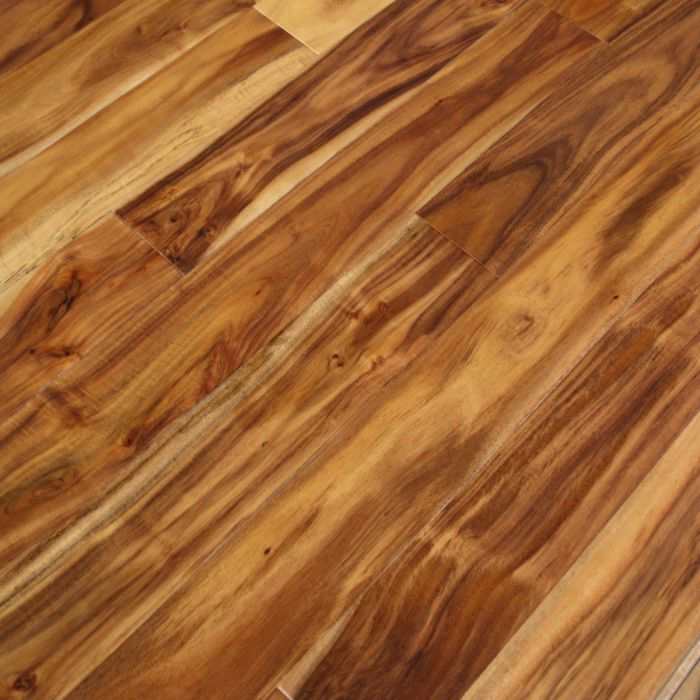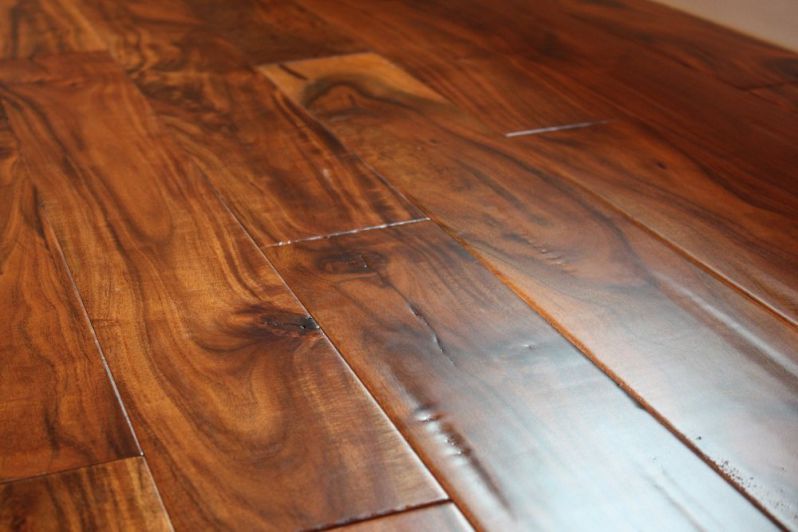 Most wood flooring is popular among home owners and business establishments on account of its durability and classy effect. They are made of two or more layers of timber that are glued together and topped with hardwood. These components can endure high moisture levels and have longer lifetime than solid wood flooring. As with any flooring, the key to its toughness is in the quality of the fitting. The most common fitting technique for engineered wood flooring is the floating technique.
Most wood flooring is popular among home owners and business establishments on account of its durability and classy effect. They are made of two or more layers of timber that are glued together and topped with hardwood. These components can endure high moisture levels and have longer lifetime than solid wood flooring. As with any flooring, the key to its toughness is in the quality of the fitting. The most common fitting technique for engineered wood flooring is the floating technique.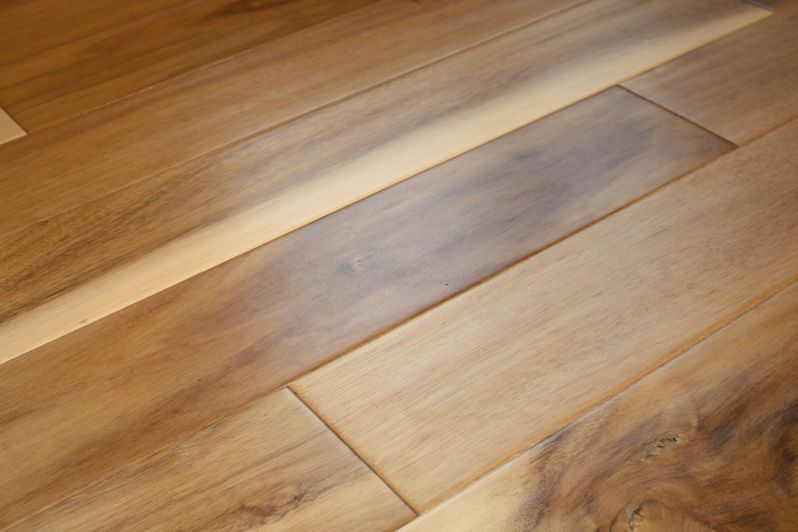
Floating Wooden Flooring Technique
That is done by utilizing an underlay substance laid over the existing floor and then gluing the tongue in addition to groove together with a PVA wood adhesive. This way the whole new engineered hardwood flooring is floating over the original floor. With the floating technique, an underlay is required to avoid contact between the floor and the subfloor. Its function is to help stop any echo that takes place in the space between the two floors. The underlay usually comes in diverse forms and varies on quality and thickness. The most basic is the 3 mm foam underlay that is suggested for general floors. Fiber board is not worthwhile to use on engineered wood flooring seeing that it can cause too much movement.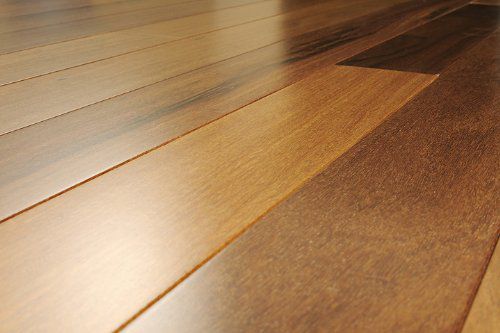
Meanwhile other types of underlay takes in silent floor precious metal and the wood mate excel which gives the same purpose in providing sound insulation as well as adds cushion to the floor. Floor from engineered solid wood is especially good to be used in flats and apartments where minimal noise is necessary. Apparently, multi adhesive underlay is allowed by most home owners seeing that it is the most users’ friendly technique in setting up underlay as it has a sticky side backing that will automatically stick the hardwood flooring from the sub floor and also holds it in place.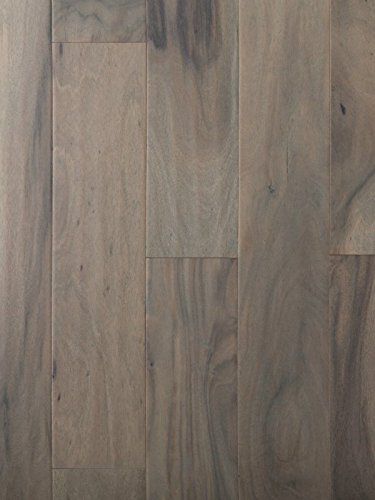
Solid Engineered Wood Flooring
On the other hand, the disadvantage in making use of a floating technique using engineered wood laminating is the amount of a small number of movement or bounce in several parts of the floor. This is common in case they have not been stuck as it should be to the sub floor. The way out for this is to disassemble the flooring and append more underlay on the sub floor to maintain it solid. Wooden flooring boards can be glued down straightforwardly to the sub floor or nailed on an existing timber floor. The thicker engineered boards can also be nailed down directly to joist as they are structural boards.